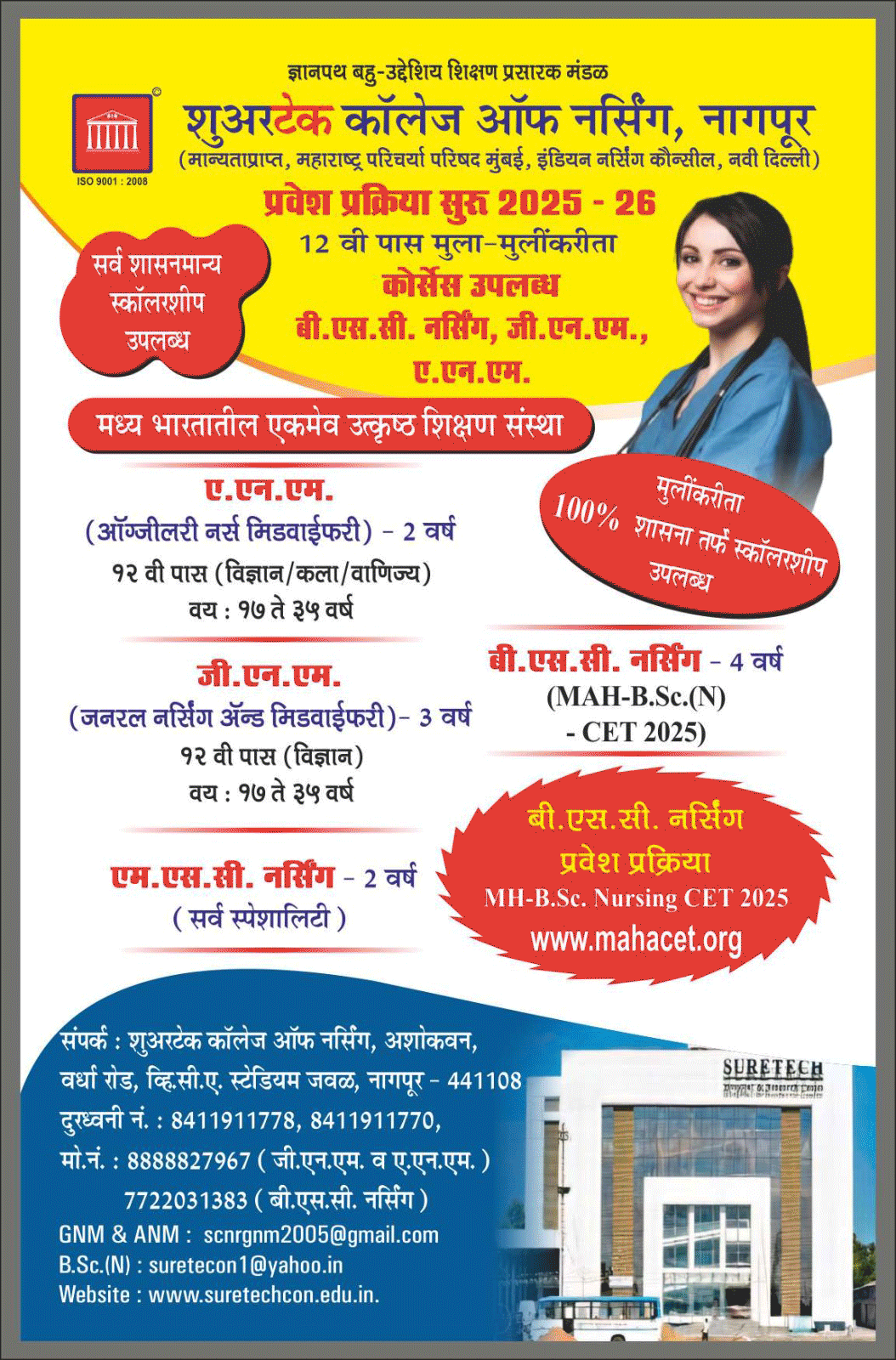In a world full of investment opportunities and financial instruments, one essential pillar of financial planning often gets relegated to the sidelines – term insurance. While conversations about mutual funds, stocks, and real estate investments dominate financial discussions, term insurance remains the unsung hero that can save families from financial devastation when tragedy strikes.
What if I told you that just a small annual payment could potentially replace your entire income for your family if something were to happen to you? It sounds too good to be true, but that’s exactly what term insurance offers – a financial replica of yourself that steps in when you’re no longer around.
Understanding the True Purpose of Term Insurance
Unlike traditional life insurance policies that blend investment with protection, term insurance serves one crystal-clear purpose – to provide a substantial financial safety net for your loved ones in your absence. Think of it as hiring your financial twin who can continue providing for your family even when you’re not there.
Term insurance isn’t about complex investment returns or market-linked gains. It’s about pure, unadulterated financial protection. When you buy a term insurance plan, you’re essentially saying, “If I’m not around tomorrow, my family’s financial future will still be secure.”
The beauty of term insurance lies in its simplicity. You pay annual premiums for a pre-determined period, and in return, the insurance company promises to pay out a substantial sum—your chosen coverage amount—to your nominees if you pass away during the policy term. And unless you’ve misrepresented information when buying the policy, the payout is almost guaranteed.
The Financial Replacement Theory – How Much Cover Do You Actually Need?
One of the most critical decisions when buying term insurance is determining how much coverage you need. This isn’t a random number you pick based on what sounds good. It’s a carefully calculated figure that should ideally replace your income and take care of your family’s financial needs.
Let’s break this down with a practical approach:
Income Replacement
If you’re earning ₹75,000 monthly (₹9 lakhs annually), and assuming a 6% return on investment, your family would need a corpus of approximately ₹1.5 crores to generate the same monthly income. This ensures they maintain the same lifestyle even in your absence.
Outstanding Debts
Do you have a home loan of ₹50 lakhs? Or a car loan of ₹8 lakhs? These obligations don’t disappear when you do. Add these figures to your required coverage.
Future Goals and Expenses
Your child’s education might cost ₹25 lakhs a few years down the line. Your daughter’s wedding could require another ₹20 lakhs. Add these future expenses to your calculation.
Inflation Factor
Remember, ₹1 crore today won’t hold the same value 15 years later. Experts suggest factoring in an average inflation rate of 6% annually to ensure your coverage remains adequate throughout the policy term.
Using the comprehensive term insurance calculator can help you arrive at a precise figure tailored to your specific situation. After all, financial protection isn’t one-size-fits-all.
The Ideal Policy Duration – A Decision That Lasts a Lifetime
When purchasing term insurance, you’re not just deciding on the coverage amount but also how long you want the protection to last. This decision, once made, is typically locked in, making it crucial to get it right the first time.
The sweet spot for policy duration usually lies between ages 60 and 70. Why? By 60, most individuals have fulfilled their major financial responsibilities – their children are financially independent, major loans are paid off, and retirement savings are in place. Beyond 70, premiums often increase dramatically because of the higher mortality risk.
However, this doesn’t mean everyone should opt for the same duration. Your policy term should align with your unique financial journey:
- If you have young children: Ensure coverage until they become financially independent (typically until they’re 25-30 years old).
- If you have significant loans: Cover at least until the loan tenure ends.
- If you’re the sole breadwinner: Consider coverage until your spouse would be eligible for pension or other retirement benefits.
Remember, the goal isn’t just to have insurance; it’s to have adequate insurance for as long as your family might need that financial support.
Beyond Basic Coverage – Essential Riders That Enhance Protection
While the core purpose of term insurance is straightforward, modern policies offer various add-ons or ‘riders’ that can enhance your protection. Here are some crucial riders to consider:
Life-Stage Benefit
Life is dynamic, and your insurance needs to adapt accordingly. With a life-stage benefit, you can increase your coverage during significant life events like marriage or the birth of a child without undergoing additional medical checks. This flexibility is invaluable when your financial responsibilities grow with your family.
For instance, if you buy a term policy with a sum assured of ₹1 crore when you’re single, and later get married and have a child, this benefit allows you to increase your cover to, say, ₹1.5 crores or even ₹2 crores to accommodate your growing responsibilities.
Waiver of Premium
What happens if you’re diagnosed with a critical illness or become permanently disabled? Your income might stop, making it challenging to continue paying insurance premiums. The waiver of premium benefit steps in here, ensuring that your policy remains active even if you’re unable to pay premiums due to specified conditions.
This rider ensures that when you’re most vulnerable and unable to earn, your insurance protection doesn’t lapse due to non-payment of premiums.
Critical Illness Benefit
Being diagnosed with a critical illness like cancer isn’t just emotionally devastating but can also drain your finances. The critical illness benefit offers a lump sum payout if you’re diagnosed with specified critical illnesses, helping you manage medical expenses and compensate for income loss during the treatment period.
It’s worth noting that this benefit typically pays out a portion of your sum assured, which might reduce your main term cover. So, it’s essential to understand the terms clearly before opting for this rider.
Accidental Death Benefit
In a country where road accidents claim lives every few minutes, an accidental death benefit provides an additional layer of financial security. If the policyholder dies due to an accident, the beneficiaries receive an additional sum (often equal to the base sum assured) on top of the regular death benefit.
For instance, if you have a term policy of ₹1 crore with an accidental death benefit, your family could receive ₹2 crores if you die in an accident – the original sum assured plus the accidental benefit.
Terminal Illness Benefit
Being told you have only a few months to live is heartbreaking. The terminal illness benefit offers a ray of hope by providing a lump sum payment upon diagnosis of a terminal illness, allowing you to explore advanced treatment options or fulfill bucket list wishes.
While these riders add value, they also increase the premium. It’s essential to assess your specific needs and choose riders that provide the most relevant protection rather than opting for all available riders.
For personalized recommendations and a clearer understanding of which riders would benefit you the most, consult with IRDAI-certified experts who can guide you based on your individual circumstances.
Common Myths That Hold People Back from Buying Term Insurance
Myth 1: “I Already Have Life Insurance Through My Employer”
While employer-provided insurance is beneficial, it’s often insufficient and terminates when you leave the organization. An individual term policy ensures consistent coverage regardless of your employment status.
Myth 2: “I’m Young and Healthy; I Don’t Need Insurance Yet”
Term insurance premiums increase with age. Buying early doesn’t just provide immediate protection but also locks in lower premium rates for the entire policy duration. A 25-year-old might pay significantly less than a 35-year-old for the same coverage.
Myth 3: “Term Insurance is an Expense with No Returns”
Viewing term insurance as an expense is like considering a seatbelt as unnecessary until you’re in an accident. It’s not an investment; it’s protection. The “return” is the peace of mind knowing your family won’t face financial hardship in your absence.
Myth 4: “My Family Can Manage with My Savings”
Unless you’ve accumulated substantial wealth, savings alone might not sustain your family for decades. Term insurance bridges this gap, providing immediate financial security that savings might take years to build.
Myth 5: “The Process is Too Complicated and Time-Consuming”
With digital platforms and expert advisors, buying term insurance has become streamlined. The few hours spent now can secure decades of financial protection for your loved ones.
Making the Right Choice – How to Choose the Best Term Insurance Plan
With numerous insurance providers offering various term plans, making the right choice can be overwhelming. Here’s a structured approach to selecting the best term insurance plan:
Assess Your Financial Needs
Before exploring plans, have clarity on how much coverage you need, how long you want the protection to last, and which riders might be beneficial for your situation. Use the comprehensive term insurance checklist to guide your decision.
Compare Claim Settlement Ratios
A high claim settlement ratio indicates the insurer’s reliability in honoring claims. Look for insurers with a consistent track record of settling claims promptly and fairly.
Evaluate Premium Amounts
While affordability is important, don’t compromise on coverage for marginally lower premiums. The few hundred rupees saved annually might cost your family lakhs or crores in reduced protection.
Check for Flexibility
Life is unpredictable. Choose a plan that offers flexibility like the option to increase coverage, add riders later, or convert to a different type of policy if your needs change.
Review the Fine Print
Understanding exclusions, conditions for claim rejections, and the claims process is crucial. Ensure you’re fully aware of what’s covered and what’s not to avoid surprises later.
Seek Expert Guidance
Insurance jargon can be confusing. Consulting with IRDAI-certified experts who have no vested interest in selling a specific product can provide unbiased advice tailored to your needs.
The Emotional Aspect – Beyond Numbers and Policies
While we’ve discussed the financial aspects extensively, term insurance transcends mere monetary considerations. It’s about providing your loved ones a life of dignity and security when you’re not around to take care of them.
Imagine your children continuing their education without compromises, your spouse maintaining the same lifestyle without financial stress, and your aging parents receiving the medical care they need – all because you had the foresight to invest in a term insurance policy.
The true value of term insurance lies not just in the financial security it provides but in the emotional relief it offers, knowing that your family won’t have to make difficult choices during an already challenging time.
Conclusion – Making an Informed Decision
Term insurance is not just another financial product; it’s a testament to your love and responsibility towards your family. It ensures that while you may not be around physically, your financial presence continues to support and nurture your loved ones.
As you embark on your term insurance journey, remember that it’s not about finding the cheapest plan but the most suitable one. Take the time to understand your needs, explore options, and make an informed decision that will stand the test of time.
For a clearer understanding and personalized recommendations, consult with Ditto Insurance who can guide you based on your unique circumstances and help you safeguard your family’s financial future.
After all, in the grand scheme of financial planning, term insurance might be the only product that pays when you can’t. And isn’t that worth a few minutes of your time today?
















